Geology
There were significant shale works throughout West Lothian. The geology of the area is well documented in the book “The Oil-Shales of the Lothians – West Calder“. Oil shale works existed both to the West and North East of Murieston.
What is now the Linhouse Circular walk was previously the site of Contentibus Farm, owned by the Right Honourable Lord Torphichen, and then Oakbank Oil Works ‘Contentibus’ shale bing.
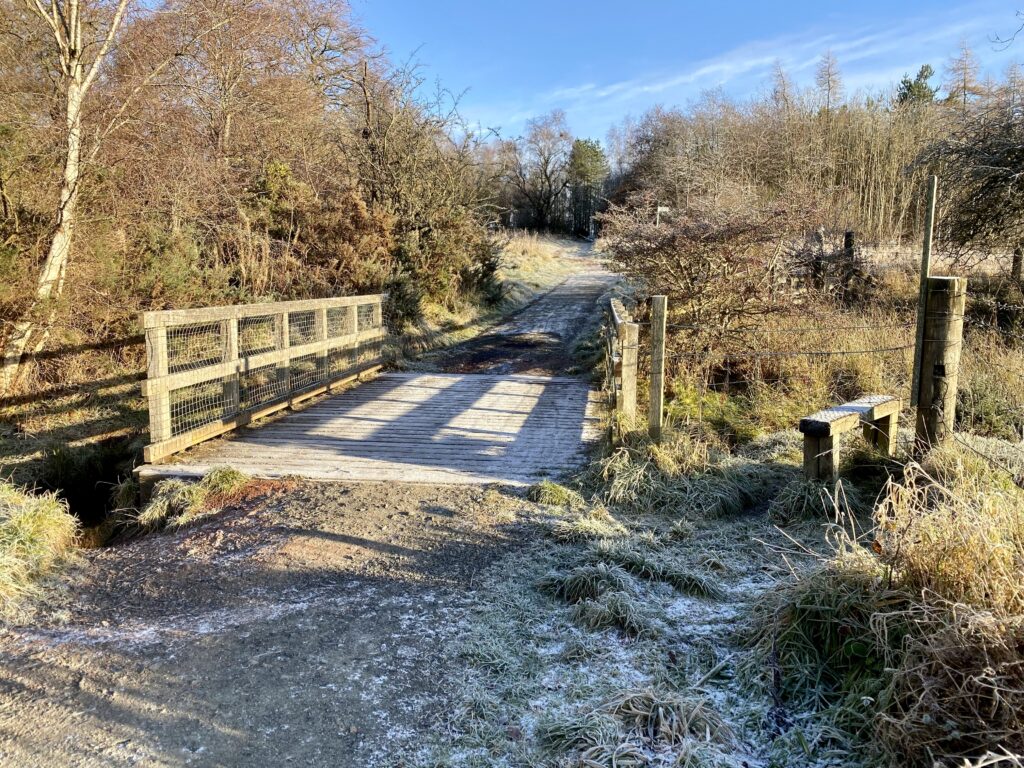

Associated with the shale was limestone. The Murieston Fault runs from just north of Cobbinshaw Reservoir to Murieston House and the rocks on either side of it form a seam known as the Burdiehouse limestone.
Campbridge Pond is a flooded limestone quarry, once known as Murieston Mine, which was operated by the former Murieston Lime Works in the 19th century on the Burdiehouse limestone.
Limestone was also quarried by William Baird & Co. at Westfield Mine in the East of Murieston.
Notable Buildings
There are a number of notable buildings in Murieston. However, most are private residences. Only the Linhouse Viaduct, two listed bridges, and the Bankton House Hotel may be visited.
West Lothian Council have published a document on country houses in West Lothian, which includes Bankton House and Murieston House.
An old map from 1853 includes Linhouse Viaduct, Bankton House, Bankton Mains, Nether Williamston, Murieston House, Dresselrig, Wellheads, Campbridge, Skivo, Westfield, Wester Murieston, Murieston Castle, Murieston Limeworks and lime kilns.
Linhouse Water Railway Viaduct
Linhouse Water Railway Viaduct is a category A listed viaduct built in 1842 for the Caledonian Railway company.
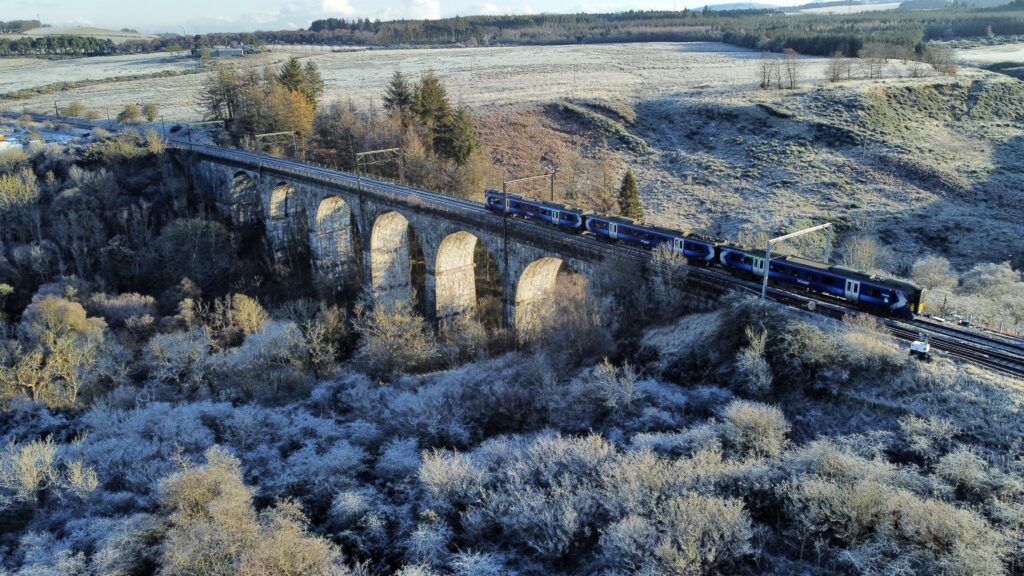
Bankton House
Bankton House is a category B listed Georgian country house built in 1812 for James Bruce of Bankton (c. 1753–1826) who was Secretary of Excise. The house was derelict until in 1980 Sergio Candusso saw its potential and lovingly restored it piece-by-piece over 4 years. His family currently run it as a hotel and bistro.
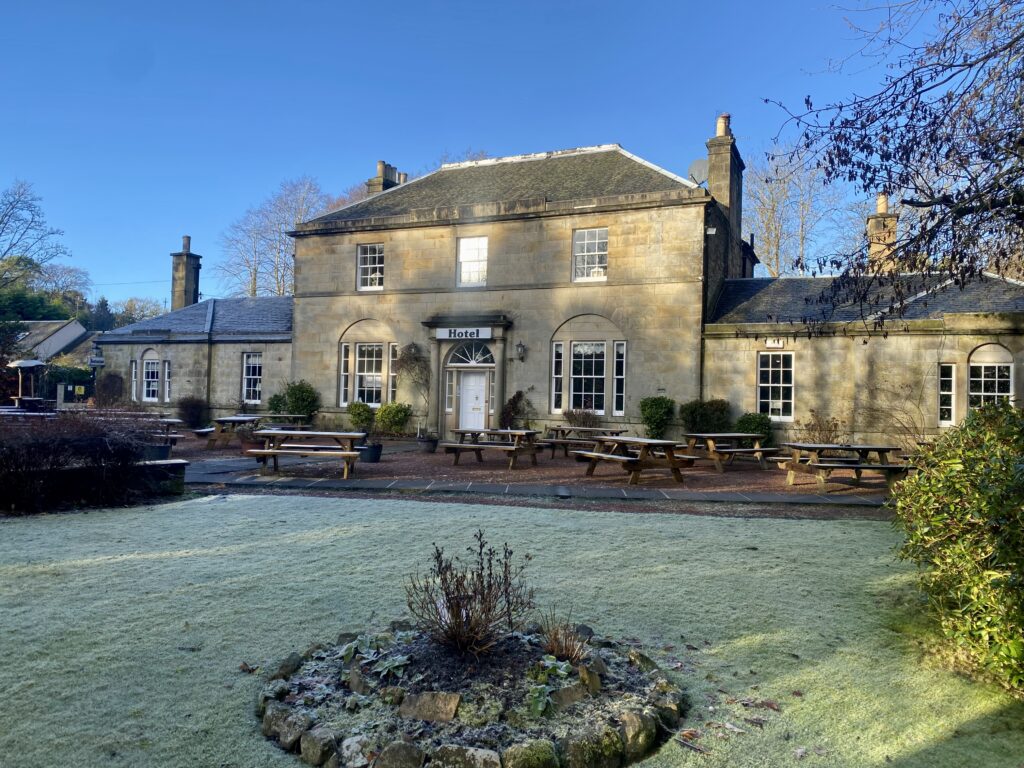
Westfield House
Westfield House is a category B listed country house thought to have been built around 1760 for John West of Westfield (originally Dyke), who was Commissioner of Customs. It was acquired in 1825 by John Keir of Wester Murieston and in 1864 by Dr. Robert Young. By 1937, a James Young was living there, possibly a younger relative of the famous James “Paraffin” Young.
Murieston Castle
Murieston Castle is a small, roofless, ruined medieval tower, west of Murieston Water, at Murieston Castle Farm. It was built in the 16th century and remodelled as a folly in 1824. The standing remains are two storeys high. It is a scheduled monument and between 1971 and 2018 it was a Category B listed building. It is on private land and there are no visiting facilities.
Murieston House
Murieston House is a category B listed early 19th century Georgian country house. It was built around 1800 for Henry Jamieson, a banker in Edinburgh. He seized the property in 1793 but sold it in 1812 as he became bankrupt. The next owner got also into debt and it was transferred to trustees.
It had fallen into decay, when it was partially rebuilt about 1836.
In 1852 the house was owned by Mr. J. Hogg and occupied by Sir Alexander Maitland. Additions, with a handsome facade of classical design on the east elevation and a pediment over the entrance door, were made in 1855 by John Learmonth of Murieston (c. 1789–1858).
In 1907 the Distress Committee purchased the 202 acre Murieston estate as a “work colony” where large numbers were put to work “improving” the fertility of the heavy clay soil and establishing smallholding plots where fruit and vegetables would be grown for market. Some men were accommodated in the outbuildings of Murieston House, but most travelled daily by train to Newpark station. By 1909, there was a court case because Edinburgh Town Council refused to pay expenses for the project. In 1922, the estate was sold and Murieston House became a nursery and family holiday home.
The house and adjacent steadings remain in use as private residences.
Murieston House Bridge
Below Murieston House is a category B listed rubble bridge, also built around 1800 and now part of the Murieston Trail.
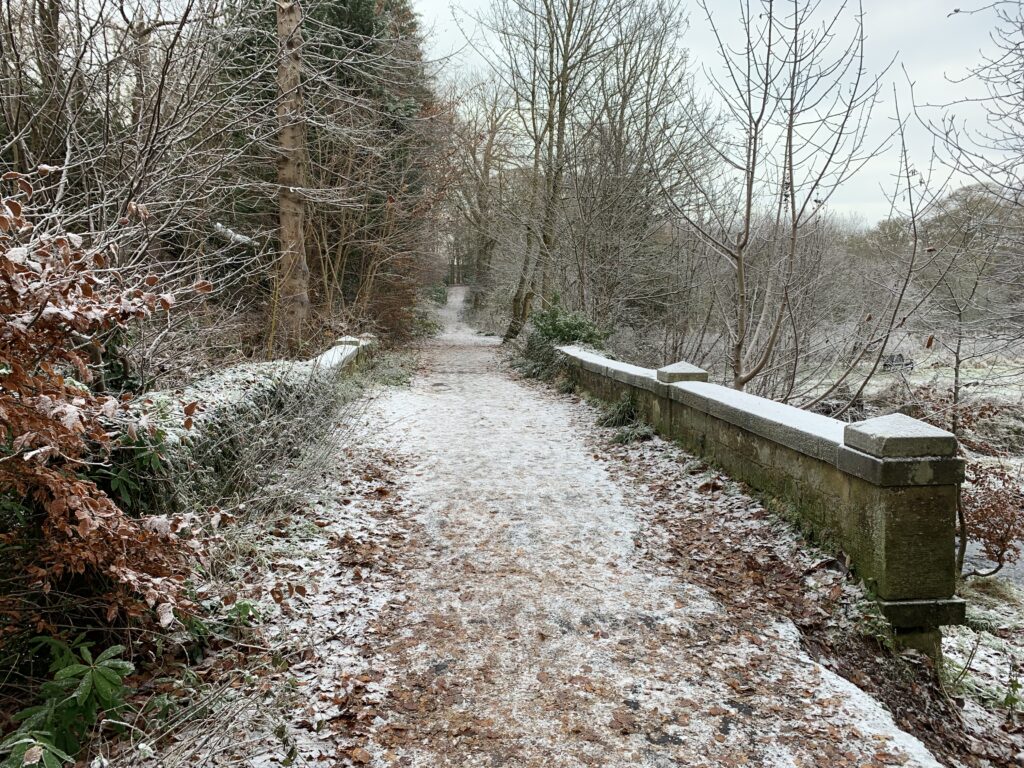
Williamston Bridge
Williamston Bridge is a category C listed bridge, originally built in 1647-8 but probably rebuilt since. It traverses Murieston Water near Murieston East Road
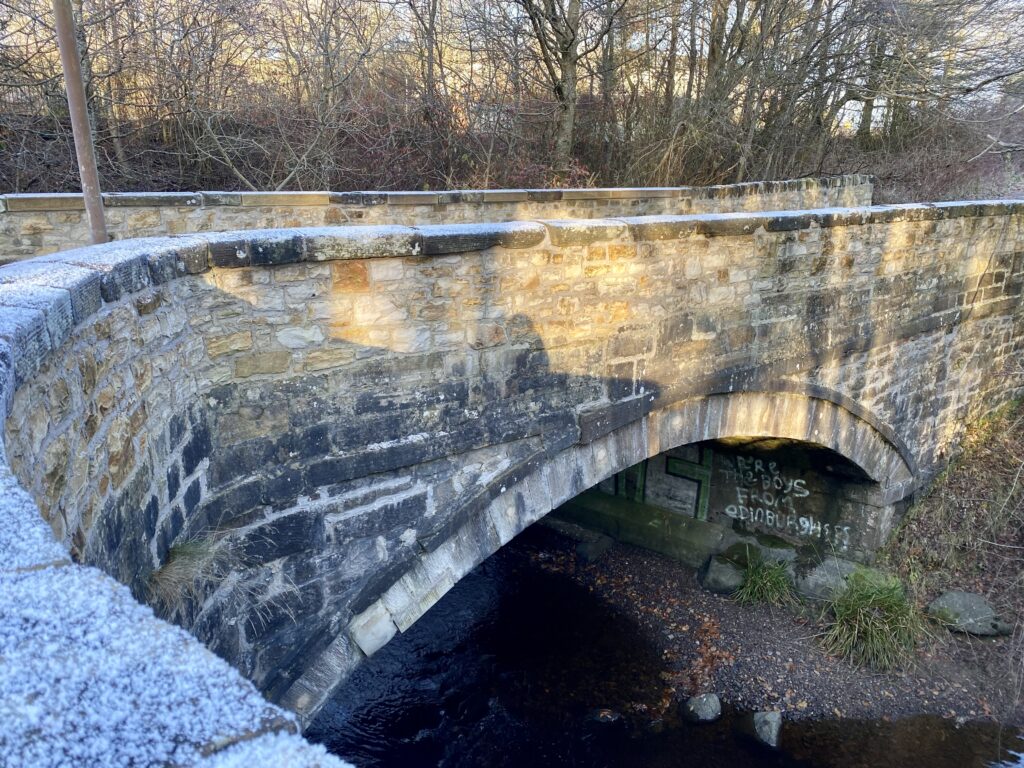
Skivo Farm
Skivo Farm is a private category C listed late 18th century farm building.
Just Outside our Boundary
Linhouse Mansion
Linhouse Mansion is a category A listed mansion house built in 1589 for James Tennent of Linhouse. In 1631 it passed to the Muirheads for whom an addition was built. It was then sold to Calder-woods of Pelton 1767. A lintel over an old entrance (now a window) is inscribed ‘1589 NISI DOMINUS FRUSTRA’ (but the Lord in vain). In the grounds is also the category B listed Linhouse Doocot, an 18th century dovecote with 768 nesting holes. Linhouse Mansion is a private residence with no visiting.
Camilty Gunpowder Mills
Remains of a 19th century gunpowder mill, which made explosives mainly for the local shale mining industry. The Harburn Community did work producing munitions for the World War One (WW1) war effort at the Camilty Gunpowder mill. They were then offered the gift of Harburn Village Hall to serve as “a Men’s Reading and Recreation Room” as a “Thank you gift from the King” in recognition for their work.